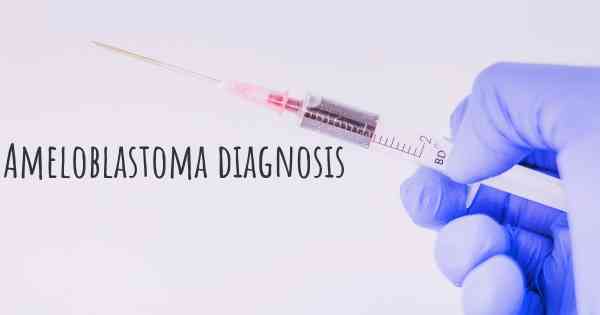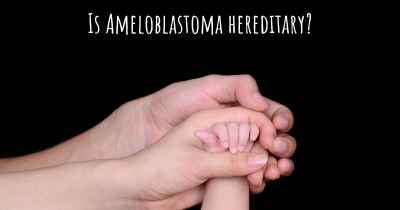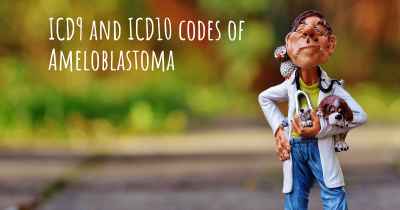How is Ameloblastoma diagnosed?
See how Ameloblastoma is diagnosed. Which specialists are essential to meet, what tests are needed and other useful information for the diagnosis of Ameloblastoma

How is Ameloblastoma diagnosed?
Ameloblastoma is a rare, benign tumor that originates from the cells responsible for forming tooth enamel. It primarily affects the jawbone and can cause significant complications if left untreated. Diagnosing ameloblastoma involves a combination of clinical evaluation, imaging tests, and histopathological examination.
Clinical Evaluation:
During the initial assessment, a healthcare professional will review the patient's medical history and perform a thorough physical examination. They will pay close attention to any symptoms or signs that may indicate the presence of ameloblastoma, such as jaw swelling, pain, or difficulty in chewing. The clinical evaluation also involves checking for any changes in dental alignment or missing teeth.
Imaging Tests:
Imaging plays a crucial role in diagnosing ameloblastoma. The following imaging techniques are commonly used:
- X-rays: X-rays provide a basic overview of the jawbone and can help identify any abnormalities or lesions. However, they may not provide detailed information about the tumor's size or extent.
- Computed Tomography (CT) Scan: CT scans produce detailed cross-sectional images of the jawbone, allowing for a more precise evaluation of the tumor's size, location, and involvement of surrounding structures. This imaging technique helps determine the appropriate treatment approach.
- Magnetic Resonance Imaging (MRI): MRI uses powerful magnets and radio waves to create detailed images of the soft tissues in the jaw. It provides valuable information about the tumor's extent, involvement of adjacent structures, and helps differentiate between different types of jaw tumors.
- Panoramic Radiograph: This specialized dental X-ray captures a wide view of the entire jaw, including the teeth, supporting structures, and any abnormalities present. It aids in identifying the location and size of the tumor.
Histopathological Examination:
A definitive diagnosis of ameloblastoma is made through a histopathological examination. This involves analyzing a tissue sample obtained through a biopsy. The biopsy can be incisional (removal of a small portion of the tumor) or excisional (complete removal of the tumor). The sample is sent to a pathology laboratory, where a pathologist examines it under a microscope to identify the characteristic features of ameloblastoma.
The histopathological examination helps differentiate ameloblastoma from other jaw tumors and confirms the diagnosis. It also provides important information about the tumor's subtype, which is crucial for determining the most appropriate treatment plan.
In summary, diagnosing ameloblastoma involves a clinical evaluation to assess symptoms and physical findings, followed by imaging tests such as X-rays, CT scans, MRI, and panoramic radiographs to visualize the tumor's size and extent. A definitive diagnosis is made through a histopathological examination of a tissue sample obtained via biopsy.








